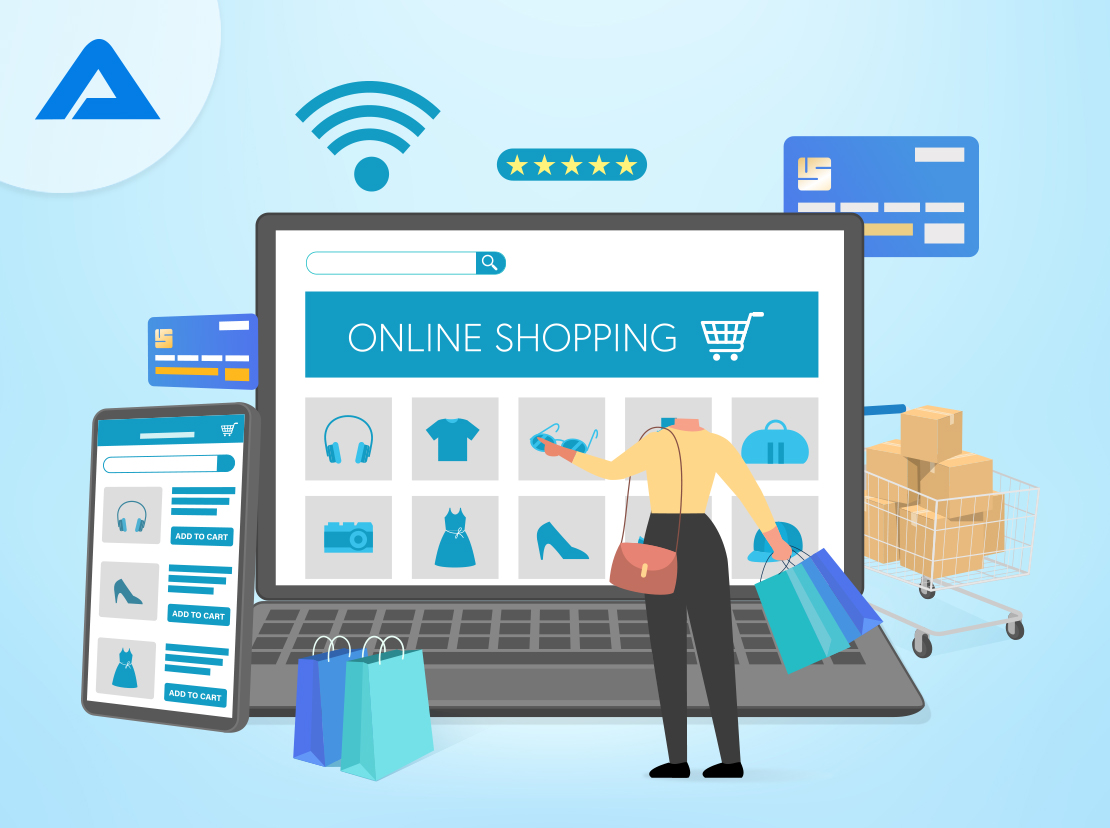
As the retail landscape transforms, businesses ramp up their efforts to create more engaging and personalized front-end customer experiences. One of the innovative strategies they’re deploying is ‘Headless Commerce’ – a cutting-edge approach to design that works around powerful back-end systems while allowing content managers flexibility in how they present eCommerce products on sites and apps.
In this article, we will explore why Headless Commerce presents such immense potential for organizations today by examining its many benefits, along with some tips for getting started with your implementation.
What is Headless Commerce and How Does it Work
Headless Commerce involves separating the “head” or front-end of an e-commerce website from the “body” or back-end that manages processes like inventory management and order fulfillment. This approach has increased in popularity in recent years as it allows for more flexibility and customization, streamlines the development process, and provides a more seamless user experience.
By decoupling the front-end from the back-end, businesses can adapt to evolving needs and trends more quickly. For example, a headless commerce architecture may allow for easier integration with voice-activated devices, providing a more intuitive and convenient shopping experience for customers.
Additionally, headless commerce can improve website performance and load times, which can, in turn, increase customer engagement and sales. Ultimately, headless commerce allows businesses to provide a more tailored and responsive shopping experience to customers while prioritizing back-end functionality and scalability. Check out https://vuestorefront.io/blog/benefits-of-headless-commerce for more information on headless commerce.
Benefits of Headless Commerce for Businesses
As businesses transition into more advanced digital platforms, headless commerce is a valuable approach for optimizing e-commerce operations. One of the critical benefits of headless commerce is its flexibility in customizing and tailoring the customer experience. With a headless commerce structure, businesses can create and personalize a seamless and consistent shopping experience across various channels and devices, from websites to mobile apps.
Additionally, using a headless commerce architecture enables businesses to improve website speed, simplify development processes, and enhance the overall functionality of their e-commerce storefronts, leading to increased customer engagement and revenue. By embracing the potential of headless commerce, businesses can stay ahead of the competition and better meet the changing needs and expectations of their customers.
Challenges Companies Face Adopting Headless Commerce
While the benefits of headless commerce are numerous, there are also some challenges that businesses may face when implementing this approach. One of the biggest challenges is ensuring a smooth and seamless integration between the front-end and back-end systems. It requires careful planning, collaboration between development teams, and thorough testing to ensure all systems work seamlessly.
Additionally, with multiple channels and devices being used for commerce, businesses must ensure that their content and design remain consistent across all platforms. It requires a careful balance between customization and standardization to maintain brand identity while still catering to the unique needs of each channel.
Headless Commerce and the Customer Experience
At the heart of headless commerce is the goal of providing a seamless and personalized shopping experience for customers. By decoupling the front-end from the back-end, businesses have more flexibility in how they present products and interact with customers across various channels. It ultimately leads to increased customer engagement, satisfaction, and loyalty.
Furthermore, as e-commerce continues to evolve and expand to new devices and platforms, headless commerce allows businesses to adapt and stay ahead of the curve. By providing a more agile and scalable architecture, companies can easily integrate new technologies and trends without disrupting their entire back-end system.
Finally, with the rise in popularity of mobile and omnichannel shopping, headless commerce enables businesses to create a consistent and user-friendly experience for customers regardless of the device or channel they are using. This seamless approach can lead to increased conversions and ultimately drive business revenue.
Tips for Implementing Headless Commerce Successfully
Implementing headless commerce can be a daunting task, but with some careful planning and execution, it is possible to do so successfully. The key to successfully implementing headless commerce is to have a well-defined strategy that outlines specific goals and objectives and the steps required to achieve these objectives. It is also essential to ensure that all stakeholders know the benefits and potential challenges associated with headless commerce and are prepared to adapt their processes and workflows accordingly.
Other important aspects to consider include choosing the right technology partners, leveraging APIs and microservices, and ensuring the security and stability of the platform. By following these tips, businesses can realize the full potential of headless commerce and achieve a competitive advantage in today’s digital marketplace.
Key Takeaways on Decoding Headless Commerce
Headless commerce offers a customizable, scalable, and seamless approach to e-commerce that has become increasingly popular in recent years. By decoupling the front-end from the back-end, businesses can provide a more personalized shopping experience for customers while maintaining the functionality and flexibility of their back-end systems.
Though challenges are associated with implementing headless commerce, careful planning and execution can lead to successful integration and, ultimately, increased customer engagement and revenue. With the ever-evolving digital landscape, headless commerce offers businesses a way to stay ahead of the competition and meet the changing needs of their customers.
Overall, headless commerce is a valuable tool for companies looking to optimize their e-commerce operations and provide a superior customer experience in today’s fast-paced digital world.
Leave a Reply